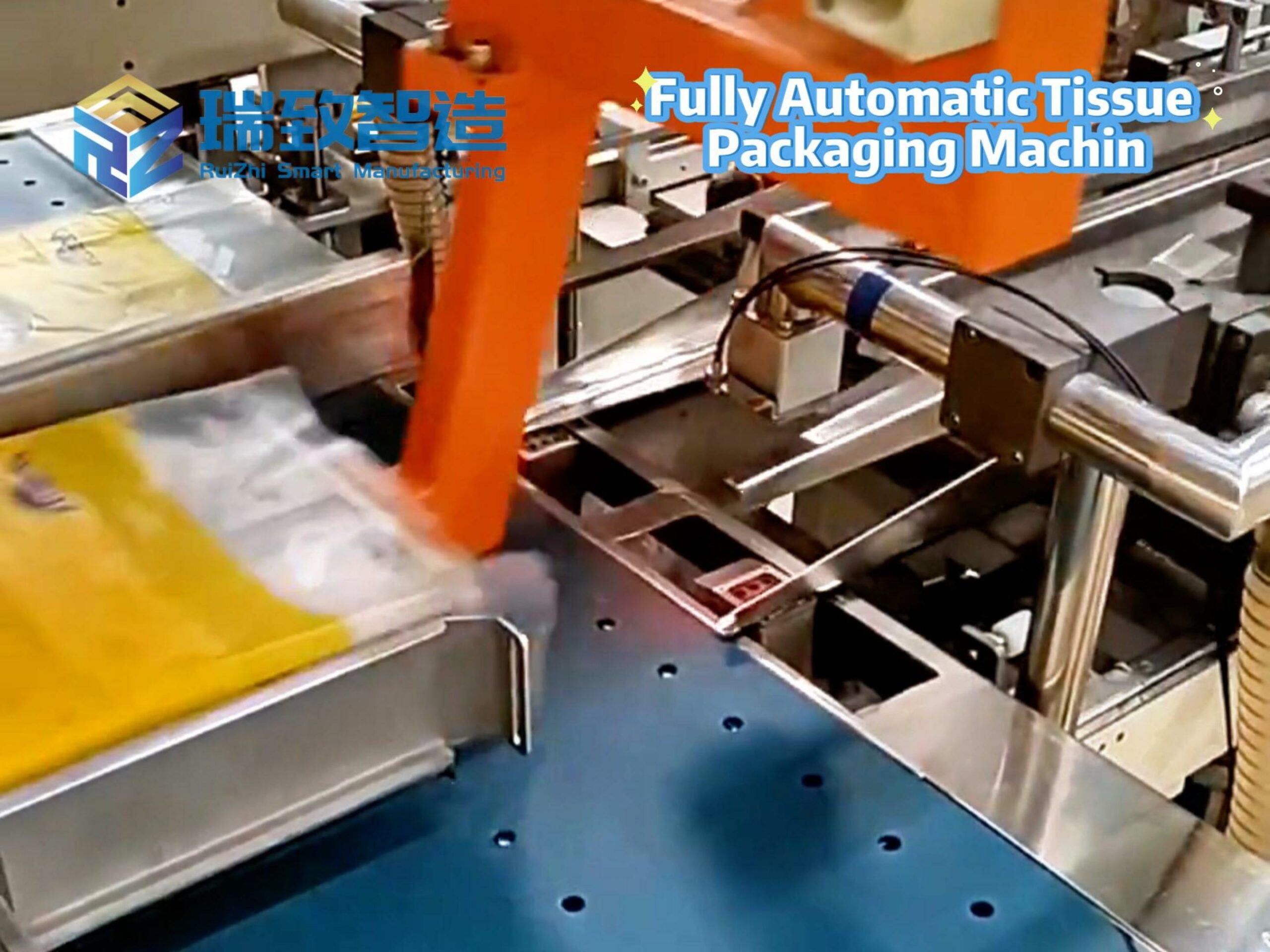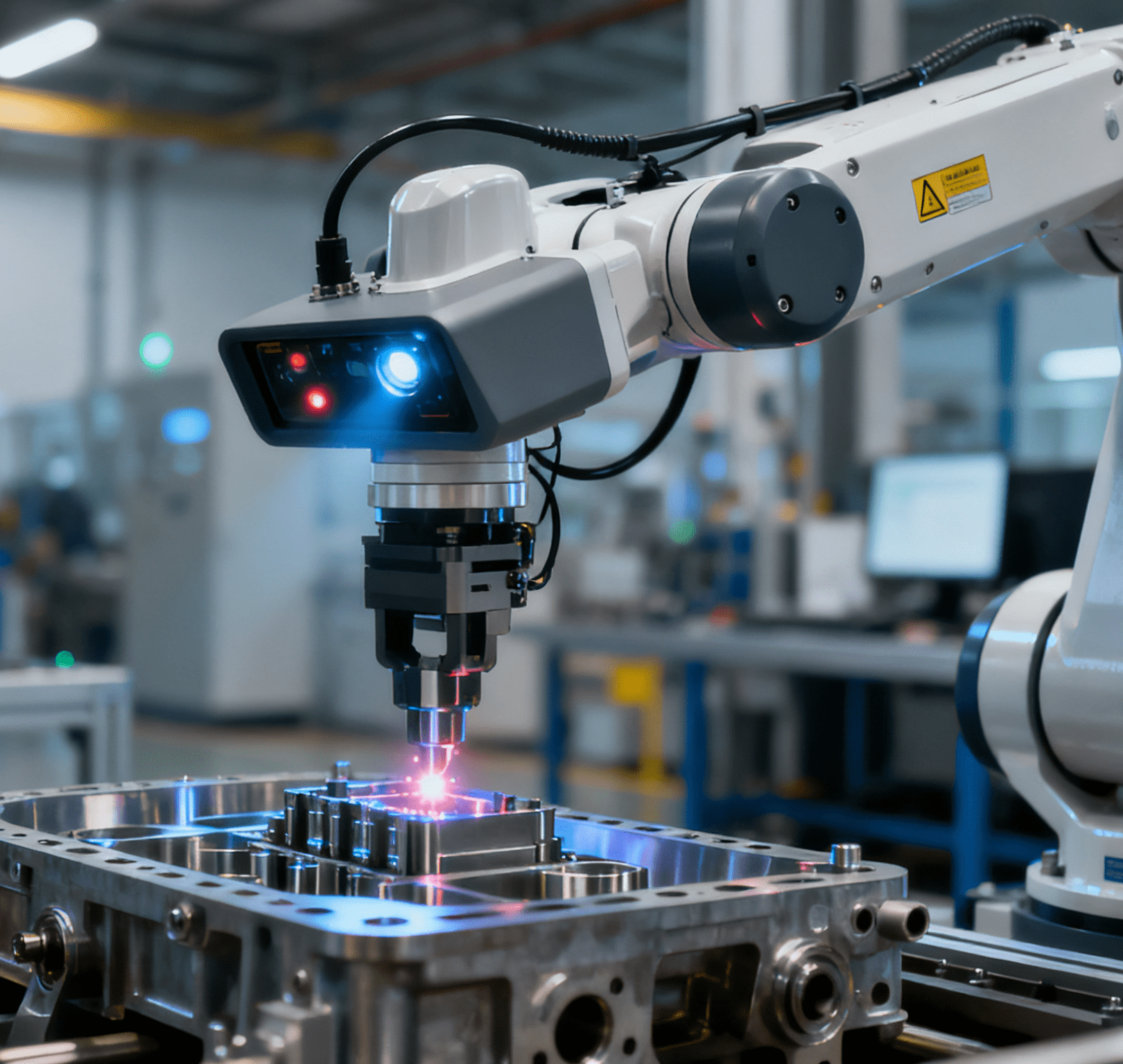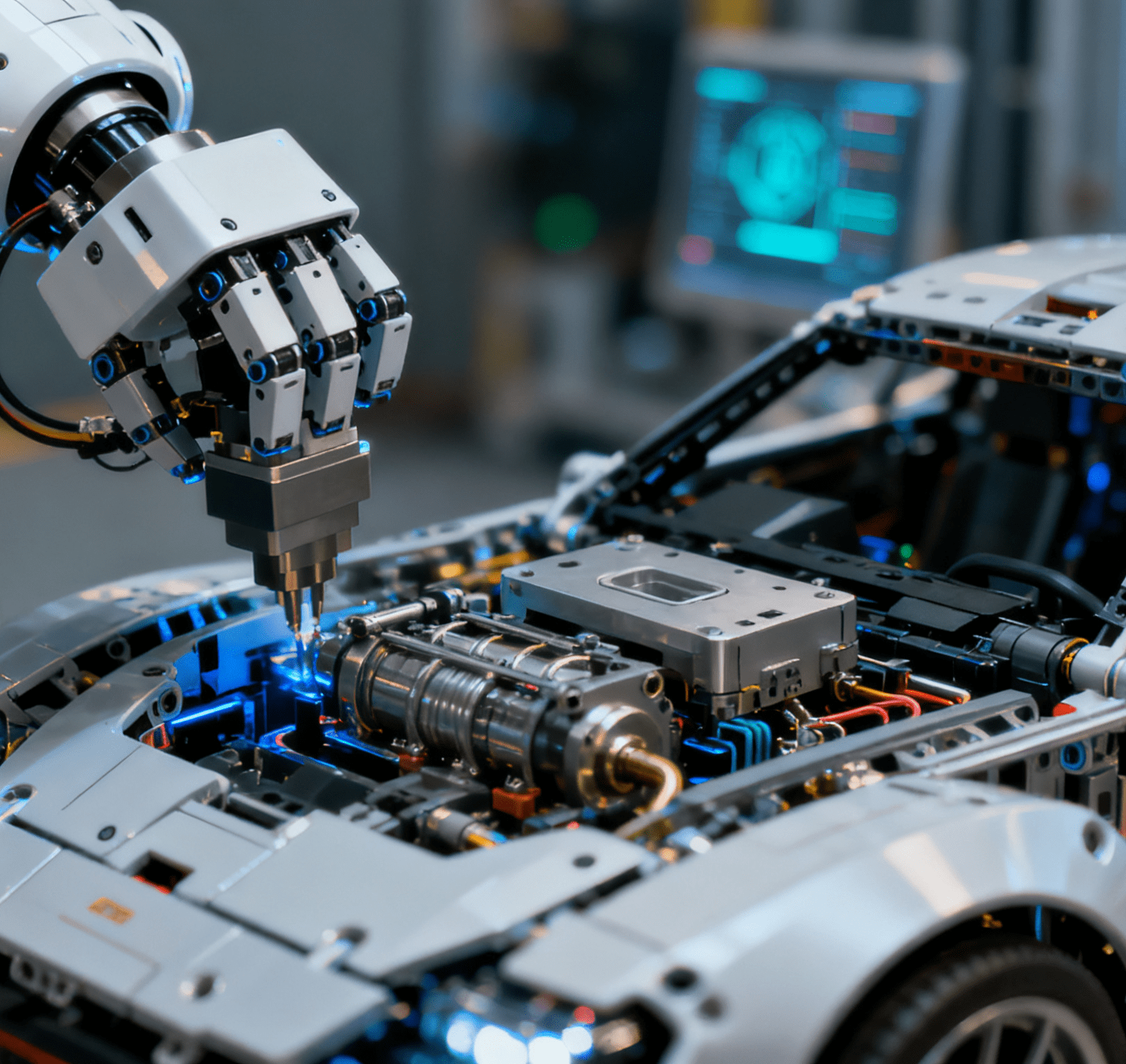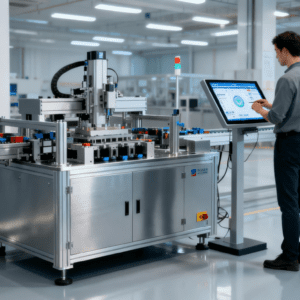
In the process of the manufacturing industry’s transformation towards intelligence and flexibility, the customization of non-standard automated equipment is no longer merely a technical choice, but a strategic decision. Behind every efficient production line lies an often-overlooked “invisible engine” — the customization of non-standard automated equipment. These mechanical devices, tailored to the unique needs of enterprises, are redefining the competitive boundaries of the manufacturing industry. In today’s increasingly fierce manufacturing competition, enterprises’ pursuit of production efficiency has entered an intense stage. From precision component processing to large-scale assembly, solutions like custom non-standard CNC Lathe Automatic Loading & Unloading Systems have become a key force in breaking bottlenecks, as they address the pain points of traditional manual or standard automated feeding that cannot adapt to diverse workpiece sizes, complex clamping requirements, or continuous operation demands.
Breaking Standardization Shackles: The Core Essence of Non-Standard Equipment
Traditional automated equipment is like standard parts on an assembly line. Although it can meet general needs, it struggles to adapt to personalized production scenarios. A certain auto parts manufacturer once faced a dilemma: standard robotic arms could not accurately grasp special-shaped parts, leading to persistently high defect rates. Through the customization of non-standard equipment, engineers designed flexible grippers with visual recognition systems for the manufacturer. This not only increased the grasping accuracy to 99.8% but also improved the single-line production capacity by 40%. Similarly, a hardware processing enterprise encountered inefficiencies with standard CNC lathe loading-unloading devices, which could only handle workpieces of fixed diameters and failed to synchronize with the lathe’s processing rhythm, resulting in frequent downtime. By customizing a non-standard CNC Lathe Automatic Loading & Unloading System, the supplier integrated adjustable clamping jaws, laser positioning sensors, and a conveyor line with variable speed control. This system seamlessly adapted to workpieces ranging from 10mm to 150mm in diameter, reducing loading-unloading time per piece from 45 seconds to 12 seconds and eliminating human error caused by manual operation. This “tailor-made” design concept is precisely the core value of non-standard equipment — through modular combination and customized development, the mechanical system can perfectly match every detail of the production process.
Efficiency & Flexibility: Dual Revolution Driven by Customization
In the field of 3C electronics manufacturing, an assembly line of a mobile phone manufacturer once fell into trouble due to frequent product iterations. The size change of each generation of mobile phones required the reconstruction of 60% of the stations of the existing equipment, with an annual transformation cost of tens of millions of yuan. After introducing a non-standard automation solution, the equipment supplier developed a modular platform for rapid model change for the manufacturer. By replacing the end effector and adjusting program parameters, the production line transformation could be completed within 2 hours. This “growth-oriented” equipment architecture shortened the enterprise’s new product launch cycle from 45 days to 18 days and saved more than 20 million yuan in annual transformation costs. More importantly, operators do not need to master complex programming skills; they can complete parameter settings through a touch screen, truly realizing “human-machine integration”.
Amid fluctuations in the global supply chain, the risk resistance capability of the manufacturing industry has become a key factor for survival. A flexible production line built with non-standard equipment by a medical device enterprise demonstrated amazing adaptability during the epidemic: when the demand for ventilators surged, the system automatically adjusted the assembly sequence and increased the production priority of key components by 300%; when orders for mask machines poured in, it only took 72 hours to complete the functional expansion of the production line. For CNC machining workshops, this flexibility is equally critical. A precision parts manufacturer specializing in aerospace components adopted a custom non-standard CNC Lathe Automatic Loading & Unloading System with quick-change modules. When switching production between alloy steel shafts and aluminum alloy sleeves, operators only need to replace the clamping fixture and import preset parameters, completing the line change in 30 minutes — a process that previously took 8 hours with standard equipment. This dynamic response capability stems from three core characteristics of non-standard equipment: reconfigurable mechanical structure, programmable control system, and scalable data interface. As an expert in Germany’s Industry 4.0 put it: “The manufacturing systems of the future must be like Transformers — capable of operating as a whole and decomposing for combination.”
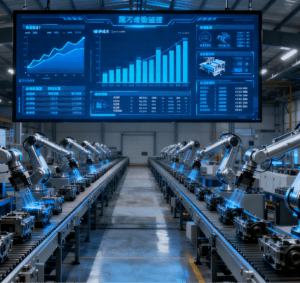
Beyond Cost: Full-Lifecycle Value and Ecosystem Evolution
The unit price of non-standard equipment is 1.5 to 3 times that of standard equipment, but its advantages become obvious when analyzing its full-lifecycle costs in depth. Comparative data from a food packaging enterprise shows that although the initial investment in custom equipment is 28% higher, the 5-year maintenance cost is reduced by 42%, energy consumption by 31%, and product changeover losses by 65%. More notably, non-standard equipment often integrates the latest technologies, such as AI visual inspection and digital twin simulation. The premium of these technologies does not require repeated investment during product upgrades. A home appliance giant realized a “dark factory” (unmanned factory) through non-standard equipment, increasing the output per unit area by 3 times and reducing labor costs by 75%, which directly pushed its gross profit margin from 18% to 27%. For non-standard CNC Lathe Automatic Loading & Unloading Systems, this value is equally prominent: a machinery manufacturer’s data shows that the custom system they adopted reduced labor costs by 60% annually (replacing 8 operators per shift) and cut workpiece scrap rates from 3.2% to 0.5% due to precise positioning. Integrated AI visual inspection technology also enables real-time detection of surface defects, avoiding batch waste.
The current non-standard equipment market is undergoing profound changes, and the era of simply providing equipment has passed. Leading suppliers have begun to build an ecosystem of “equipment + data + services”: embedding hundreds of sensors at the equipment layer to collect real-time data on vibration, temperature, pressure, etc.; building a digital twin system at the platform layer to predict equipment failures in advance; and providing production capacity optimization consulting at the service layer to help customers adjust production rhythms. This transformation has turned non-standard equipment from a cost center into a value creation center. A semiconductor manufacturer saved more than 8 million yuan in annual electricity costs through the energy consumption analysis service provided by its equipment supplier. For CNC Lathe Automatic Loading & Unloading Systems, this ecosystem extension is equally practical: a supplier’s after-sales service team monitors the system’s operating status in real time through cloud platforms, predicts potential failures of conveyor belts or clamping cylinders, and dispatches maintenance personnel proactively — reducing unplanned downtime by 40% for customers.
The customization of non-standard automated equipment represents a leap from “economies of scale” to “economies of scope”, and an upgrade from “standard replication” to “personalized creation”. When enterprises begin to restructure their production systems with a customization mindset, they gain not only improved efficiency but also the confidence to cope with future uncertainties. This secret channel hidden behind efficient production lines — whether in the form of custom CNC Lathe Automatic Loading & Unloading Systems or other tailored solutions — is leading the manufacturing industry towards a new era.

